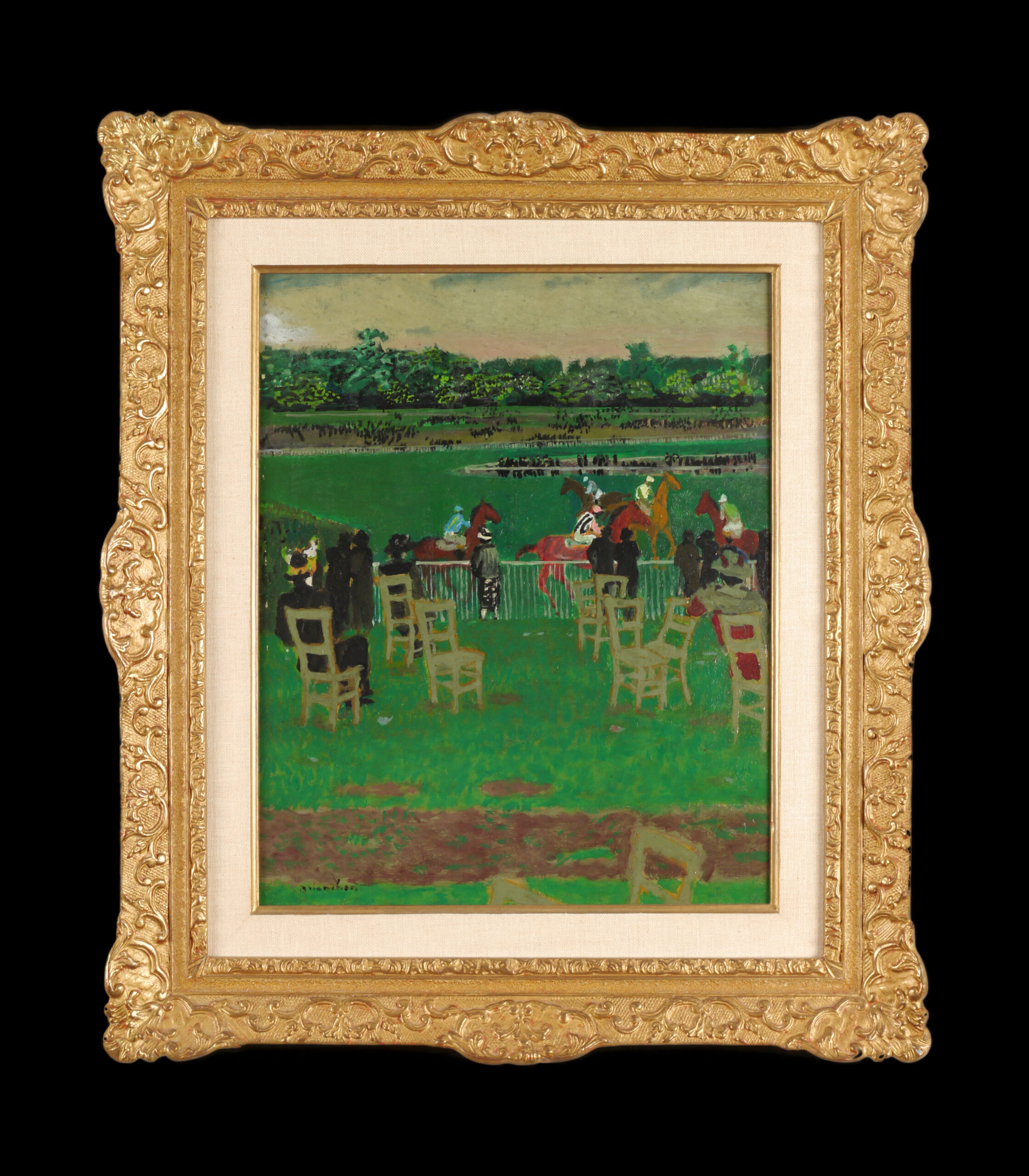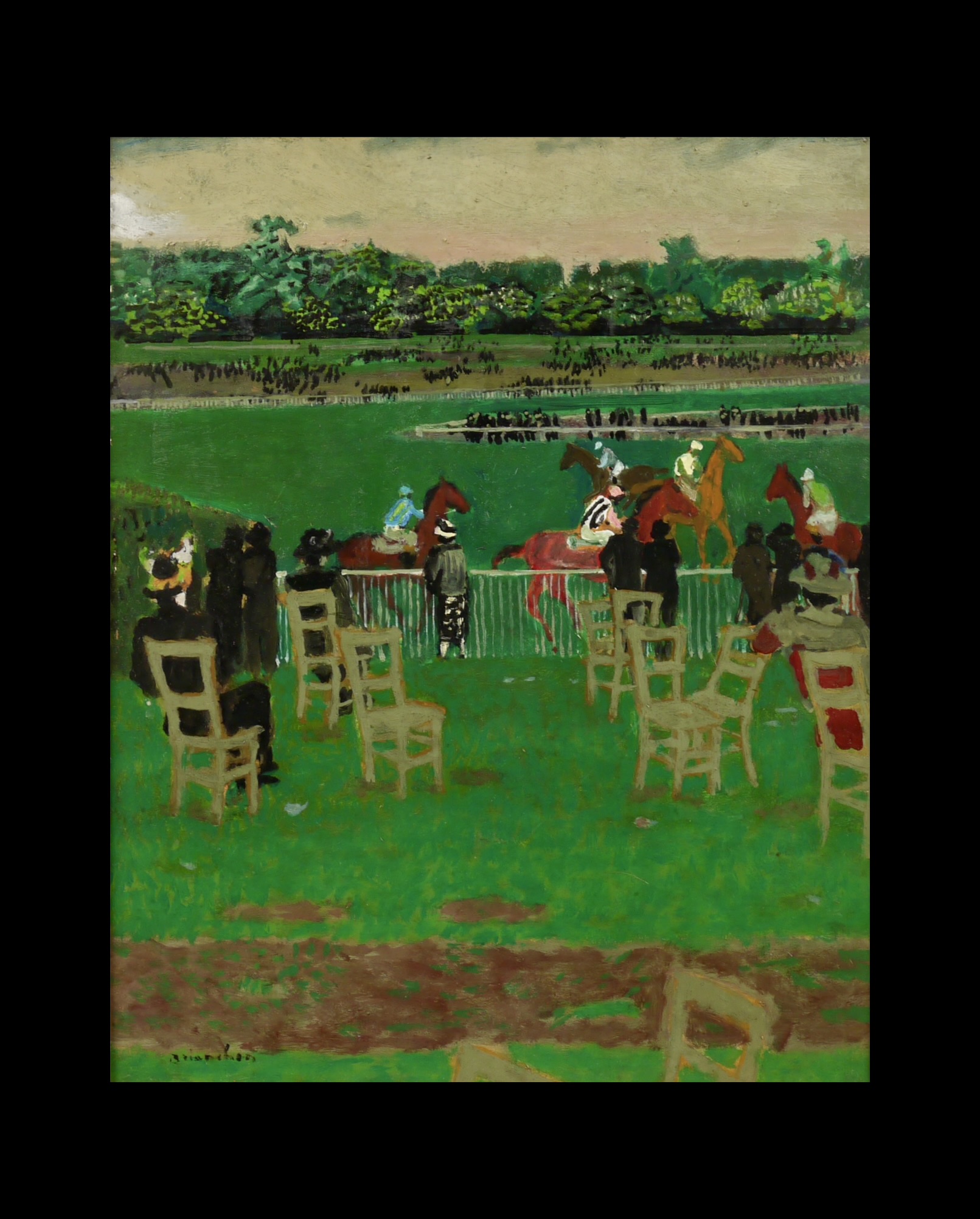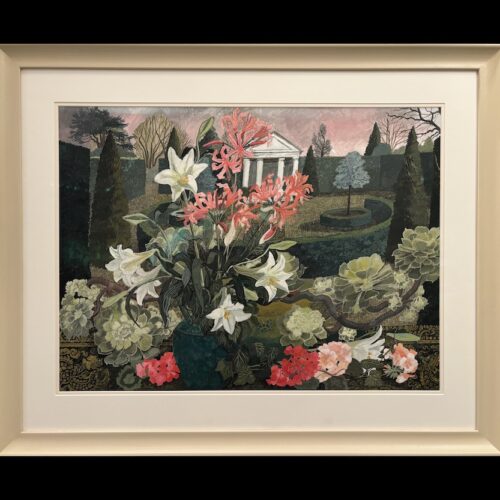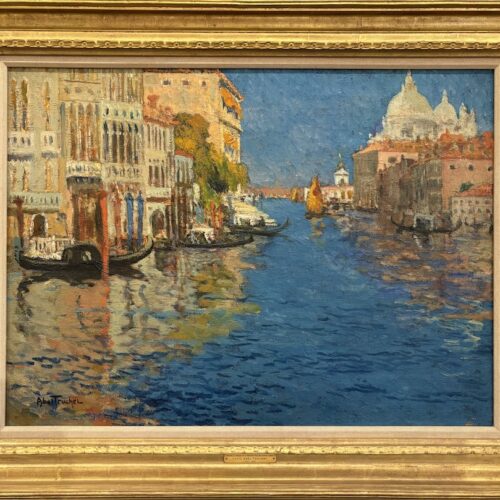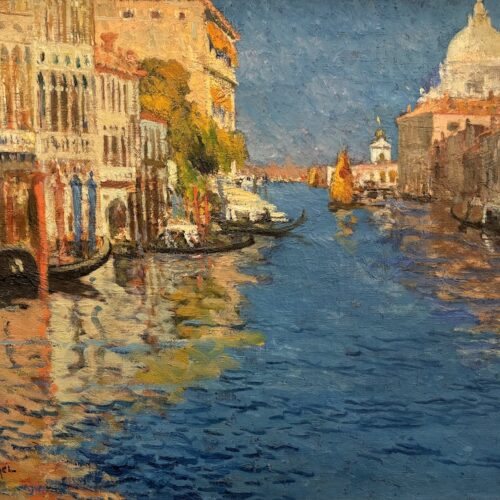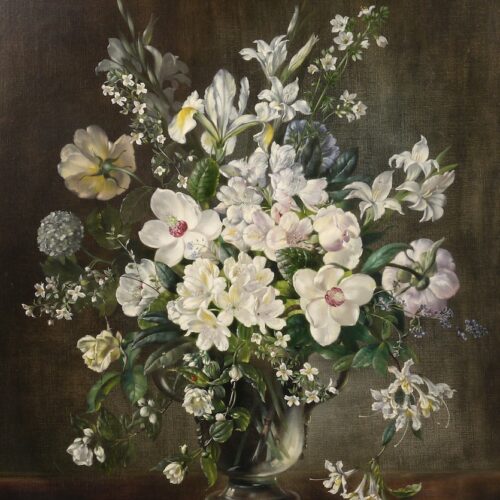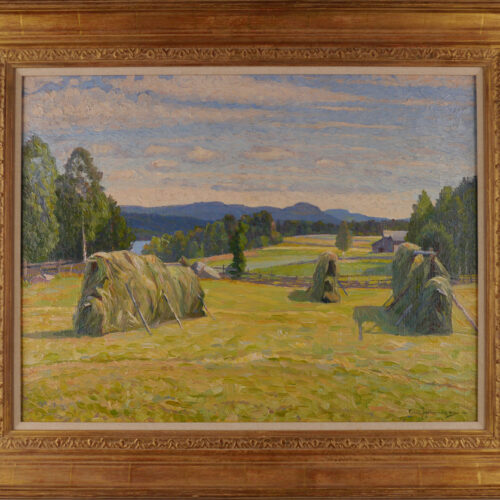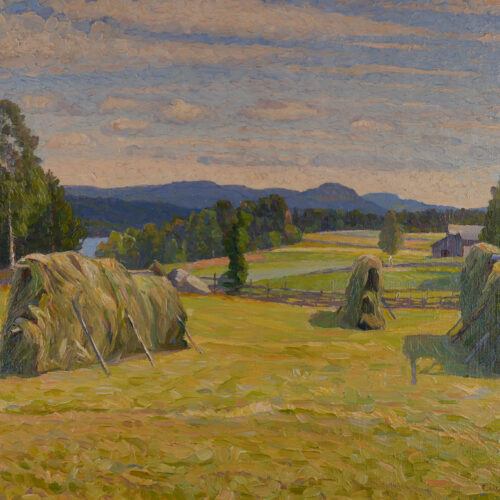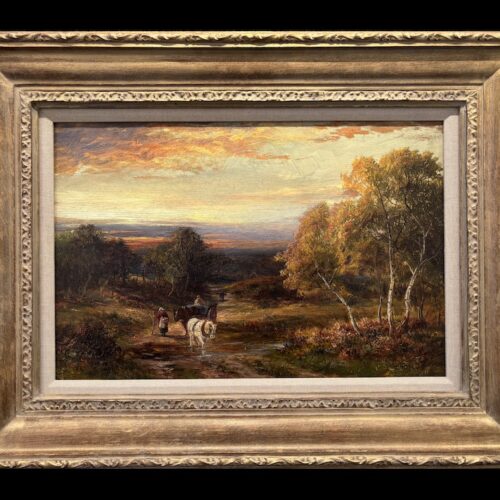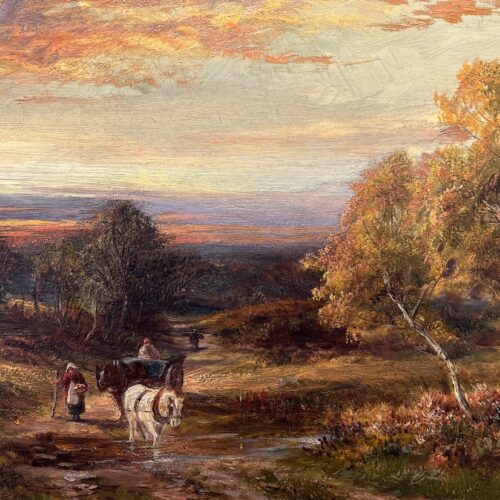As a young man, Maurice Brianchon studied at school in Le Mans before joining the École des Beaux-Arts in Bordeaux. He went on to study at the École des Arts Décoratifs in Paris, remaining there from 1917 to 1923 and working under the direction of Eugène Morand. It was here that he met and became friends with Oudot and Legueult. When he exhibited for the first time at the Salon d’Automne he was immediately elected as a member. He received the Blumenthal Award in 1924 and the Carnegie Prize in 1939. He was a founder member of the Salon des Tuileries and was appointed to serve on the committee in 1941. He also exhibited at the Salon de la Société Nationale des Beaux-Arts in Paris. He took part in major exhibitions abroad, including the Venice Triennale, Antwerp, Rio de Janeiro, New York, Madrid, Brussels and Stockholm.
He soon made his mark as a decorative artist, creating stage sets for the Opéra for a production of Griséldis (1922) in collaboration with Legueult, and for Noble and Sentimental Waltzes ( Valses Nobles et Sentimentales) (1938), Sylvia (1941) and The Model Animals ( Les Animaux Modèles) (1944). He created a large, decorative piece entitled Symphony at the Palais de Chaillot, where he worked with Chapelain-Midy, Planson and Oudot. He also decorated the Lycée Janson-de-Sailly with murals. With his wife Marguerite Louppe he produced three large panels commissioned by the state in 1942 for the Conservatoire. The Gobelins and Aubusson tapestry works produced tapestries after his cartoons. He also produced cartoons for stained glass windows at the church of Assy in 1946. He taught at the Estienne school and the École des Arts Décoratifs in 1937 and in 1949 at the École des Beaux-Arts.
He often painted landscapes showing the banks of the Seine, as did the Impressionists, and demonstrated a particular interest in circuses and music halls, as can be seen in Acrobats and French Can Can. He also painted more intimate interiors, including Studio and Model, and seascapes such as Beach. His themes are therefore similar to those of Bonnard, from whom he took inspiration for his layout and use of colour, though remaining true to duller tones and a less rich palette.
While his work is in many ways typical of the taste of French society between the wars, its restraint gives it the qualities of a Bonnard transposed into harmonies of grey, enlivened by brief touches of colour. He showed little concern for the aesthetic preoccupations of the period and belonged to an appealing French tradition of art that includes the École de Paris (Paris School), who described themselves as ‘painters of poetic reality’ and who, in 1956, held a major exhibition of which Brianchon was naturally a part.


